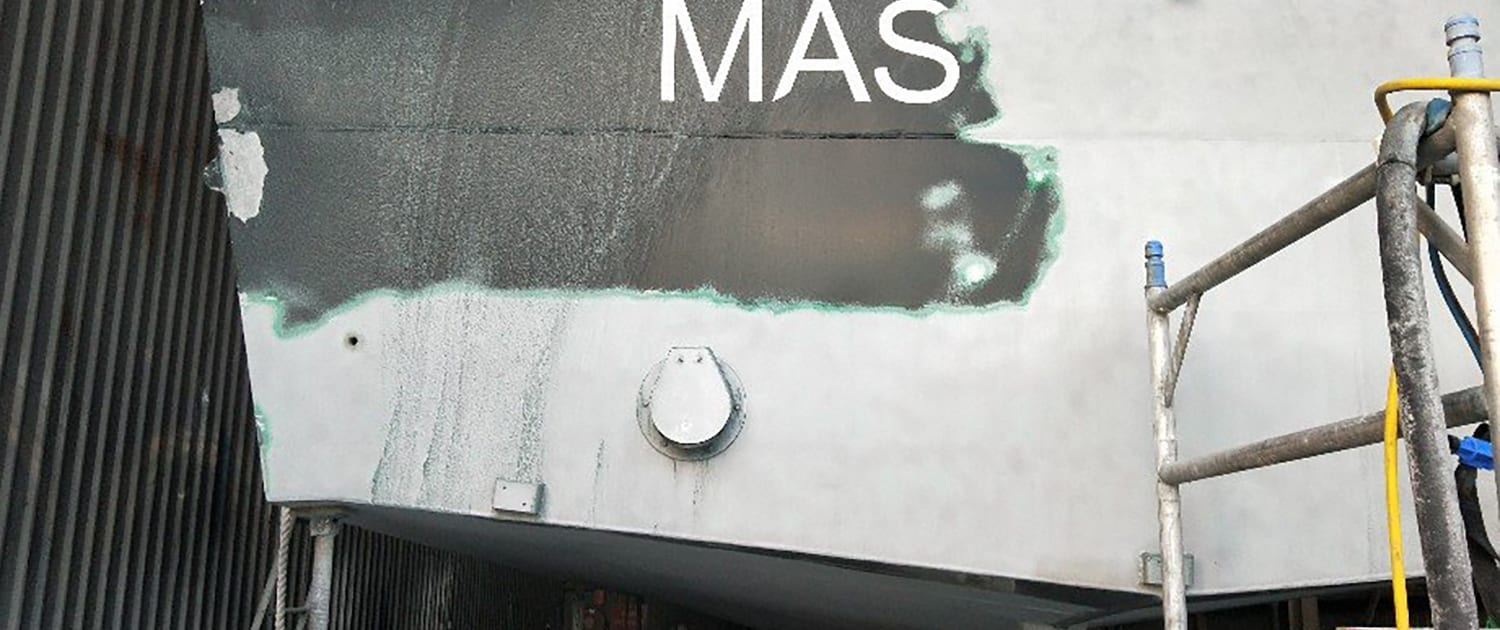Choosing The Right Substrate For Blasting
Types of Blasting Processes
Choosing the right substrate for blasting can make a big difference in the success of any dustless blasting service project. The substrate, or base material, is the material that the blasting media is applied to. It can be anything from concrete, wood, metal, or even plastic. Each of these materials has its own unique properties and characteristics that can affect the blasting process and outcome.
When selecting a substrate for blasting, it is important to consider the type of blasting being done, the particle size of the blasting media, and the size and shape of the substrate. The wrong substrate choice can lead to inadequate coverage, inefficient blasting, or even damage to the substrate. With the right substrate, however, the blasting process can be completed quickly and efficiently with minimal damage to the substrate.
For concrete substrates, a strong, durable material such as dense concrete is best. This type of substrate is ideal for blasting because it can withstand the pressure of the blasting media and minimize damage to the surface. For wood substrates, a softer material such as particle board is best. This type of material is less likely to be damaged by the blasting media and is easier to clean up afterward.
For metal substrates, a harder material such as stainless steel or aluminum is best. These materials are more resistant to the force of the blasting media and are less likely to be damaged by the process. For plastic substrates, a softer material such as polyethylene or polypropylene is best. These materials are easier to work with and make cleaning up after the blasting process easier.
The size and shape of the substrate also matter when choosing a material for dustless blasting services. Generally, the larger and thicker the substrate, the more resistant it will be to the blasting media. Smaller and thinner substrates can be more easily damaged. It is important to measure the area of the substrate to ensure that the blasting media is able to cover the entire surface. This can help reduce the risk of damage or inadequate coverage during the blasting process.
When working with a dustless blasting service, it is important to choose the right substrate for the job. Taking into account the type of blasting, the size and shape of the substrate, and the type of material used can help ensure that the blasting process is completed quickly and efficiently with minimal damage to the substrate. With the right substrate choice, any dustless blasting project can be completed successfully.
Blasting is a process usually associated with abrasive blasting. There are many different types of abrasive blasting.
- Bead blasting
- Sand Blasting
- Wheel blasting
- Bristle blasting
- Hydro-blasting
- Vacuum blasting
- Dry-ice blasting
- Automated blasting
- Vapour/wet blasting
- Micro-abrasive blasting
The Importance of Choosing the Right Material for Blasting
Choosing the right abrasive material is fundamental to the entire process of blasting and attaining a lasting coat on your metal surface. All types of blasting jobs are performed using specific substrates. If one is not careful enough while handling these materials, there is a high probability of the substrate getting damaged.
- For Hard Substrates:
Hard substrates, such as low-carbon steel, metallic substrates and alumina grits are used on various steelworks such as machines, appliances, engines and vehicles. These can be blasted through bristle blasting, which involves the cleaning and preparation of cast iron, aluminium and stainless steel compounds. Abrasive blasting is considered as the most reliable and appropriate technique of obtaining a visibly clean surface and an immaculate surface profile.
Moving ahead towards bead blasting, this is specifically used for creating uniform surfaces of machine parts. The go-to procedure used to blast hard substrates is sandblasting – a process widely used all over the world.
- For Soft Substrates and the Common Ones
Soft substrates are the preferred blasting procedures for removing paint and coatings from both hard and soft metals. However, soft substances are more exposed to physical damage. Even the slightest mistake can lead to an ample amount of loss. Processes such as wheel and dry-ice blasting are used for cleaning softer products such as plastic and rubber moulds.
Vapour or wet blasting, on the other hand, is used with substrates of all densities ranging from plastic to steel, which makes it one-of-a-kind blasting process. Hydro-blasting is similar to wet blasting, the only difference being that water is the sole substance used as a media blaster for cleaning internal and external surfaces of all soft and hard products.
The various remaining processes are used as add-ons to the main blasting procedures, primarily used for giving lustrous final finishes. Hence, choosing the right materials and equipment is vital before undertaking any kind of blasting job.



